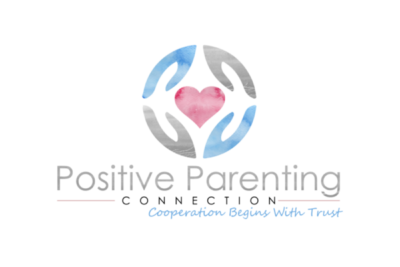Dyslexia is still a relatively poorly understood condition that actually affects more children (and adults) than you might realize. As a parent you do of course want the best for your children, so being able to recognize the symptoms of dyslexia is important.
Normally, dyslexia starts to be more noticeable during primary or elementary school, although it can show sooner or later than this, so being mindful even when your child is at preschool can be a good idea.
Avoiding False Positives
Before we look at typical symptoms, it is important to consider other options too. If you think that your child may be dyslexic, you should also try to rule out whether the true cause is a hearing or vision problem, or any other health issue for that matter.
Also be aware that dyslexia can run in families, so if any other relatives have been diagnosed with or are suspected of having dyslexia, that does make the chances higher for your children.
Early Warning Signs
Spotting dyslexia in early years is tricky, but sometimes symptoms do show and if you can spot early warning signs you may be able to prepare in advance to give them the best help at school. Here are some things to look out for:
• Delay in learning to speak (they started talking well after turning two)
• They stutter when speaking
• They have a history of getting ear infections
• Often confusing directions such as up, down, over, under etc…
• Mixing up familiar words (saying things like “aminal” is common)
• Uninterested in learning about letters and words
First School Signs
If you spot any of the above signs in preschool years, you might want to keep an eye out for further symptoms during the early years of education, as this is often where help is most needed. Even if your child didn’t exhibit such symptoms though, dyslexia can start to show in the first year or two of education, so here are some signs to look out for:
• Mixing up letter orders, in particular two letters are commonly swapped around
• Word ordering problems in normal speech
• Spelling, reading and writing tasks tire them out quickly
• Likes hearing stories, but doesn’t enjoy reading alone
• Mixes up left and right often
What To Do If You See The Signs
The first step if you think that your child has dyslexia is to talk to his/her teachers (who may also have spotted the signs) and consider getting your child tested by a professional.
There are actually as many as 10-15 different ways to test for dyslexia, primarily because dyslexia can affect different areas of learning and no two children with dyslexia are necessarily the same in terms of what they can and can’t do.
Dyslexia isn’t easy to test for at all and getting an accurate diagnosis before a child is 5 is difficult, so try not to rush your child into a potentially unhelpful test, but if you and the child’s teachers are agreed on the possibility, you can still discuss ways to help in advance.
About The Author
James works at UK Tutors, the personal tutor finding service. He is an education specialist and a part time tutor.



Sorry, comments are closed for this post.